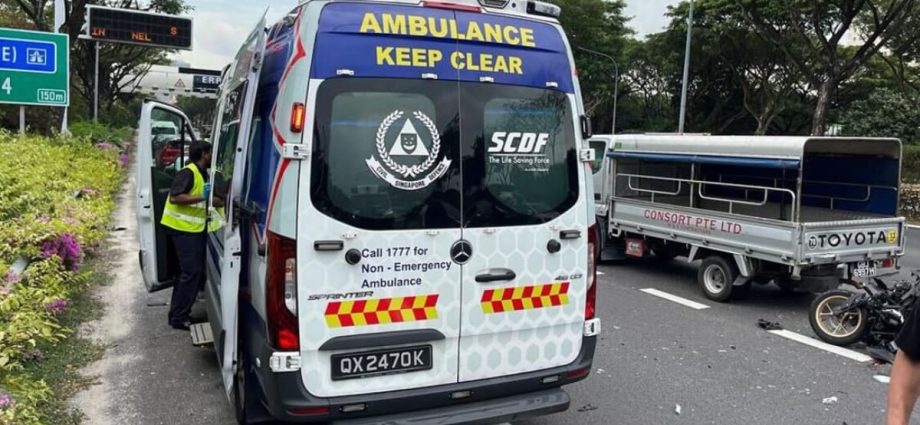
PRIORITISING SAFETY
Studies have shown that quick emergency medical aid can mean the difference between life and death for accident victims.
In these critical moments, it becomes essential to explore the key factors drivers should consider when deciding to stop and assist a car accident victim on an expressway. What are the potential risks and challenges they might face? How can drivers take precautions to ensure their own safety amid fast-moving traffic?
To get those answers, I turned to experts from Singapore First Aid Training Centre (SFATC), AA Singapore and accident reconstructionist TR Consultants.
The overriding advice was that drivers should carefully evaluate the situation and prioritise their own safety before stopping.
“Drivers can face serious danger especially on a highway compared to normal roads,” Mr Thanaraj Ramakrishnan, an accident reconstruction specialist at TR Consultants, told CNA. “Dashing across these lanes to assist could pose a potential risk of danger to their own safety. By doing so, this may force oncoming traffic to drastically slow down and/or make evasive manoeuvres, increasing the risk of another accident or chain collision.”
Still, with some knowledge, understanding and preparation, might it be possible for drivers to respond reasonably safely and with competence on highways or otherwise?
Drivers who decide to assist should reduce their speed and find a safe place to stop, one that does not obstruct traffic, the experts said. They should park about 30m to 50m past the crash site on the same side of the road, and place a warning sign about 10m to 15m from the scene to alert other drivers.
“Do not take for granted that passing drivers will conduct themselves safely around the crash site. Inattentive drivers will not notice the crash site and may fail to stop, resulting in another accident causing serious injury to those who are there to provide aid,” said Mr Edwin Leong, training director at SFATC.
Drivers can get other people around to help to stop or slow down the traffic by hand gestures. Individuals can do so by indicating their hazard lights or by setting up their vehicle’s warning triangle.
“It is important to note that injured parties should not be moved unless absolutely necessary as internal injuries are not always apparent and movement may cause further injury,” said Mr Thanaraj.

